Greenwash or Raw Milk for Big Business? Inside Starbucks.

My first piece titled “Greenwash…,” was about Goldman Sachs. To my mind, Goldman Sachs is a “raw milk” rather than “greenwash” big business. (Look here if you missed it, and here for an update video.)
Starbucks is another big business which signed on to the “American Business Act on Climate Pledge.”
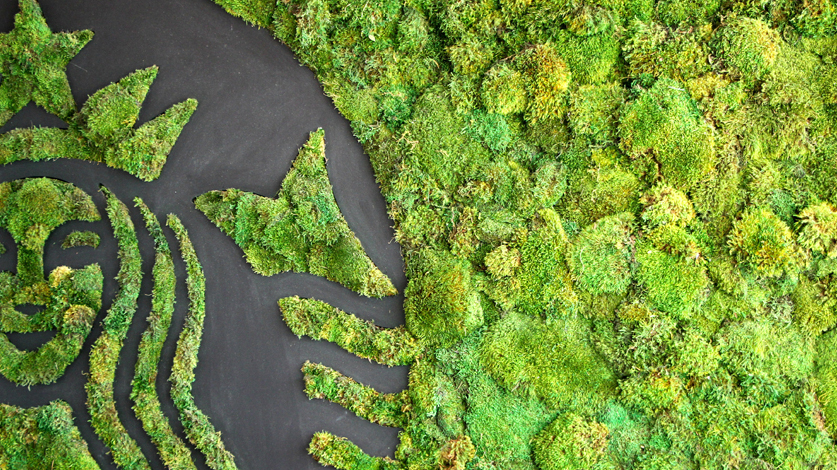
Starbucks has more than 23K stores serving coffee, other beverages and food in 68 countries around the globe. Its daily customers number in the millions.
CEO/Chairman Howard Schultz says: “We remain highly respectful of the culture and traditions of the countries in which we do business. We recognize that our success is not an entitlement, and we must continue to earn the trust and respect of customers every day.”
Jim Hanna, Starbucks’ Director of Environmental Impact, would have his company “…be one of the top 5 respected brands in the world.”
One pillar of Starbucks’ corporate culture and tradition is sustainability. Among facets is respect for the need to minimize, if not avoid practices that harm nature’s regenerative ways such as in the fields and communities of coffee farmers. Or, stimulating customer engagement as a mirror of its corporate commitment to the environment and sustainable practices. Sustainable and ethical practices are also pursued in product supply and distribution chains.
Starbucks is on the ground working with farmers in coffee-growing countries around the globe; and in the air measuring greenhouse gas (GHG) emissions from its retail stores and other buildings.
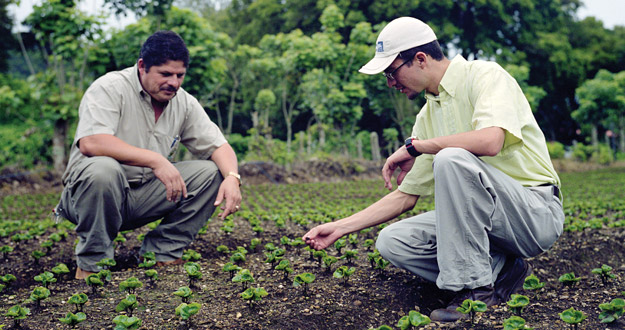 To be assured of high-quality coffee in the future, it’s looking very closely at climate change: “Given that our agronomists, quality experts and buyers are on the ground working with coffee farmers every day, we see firsthand and hear directly about the impacts of climate change. In addition to increased erosion and infestation by pests and coffee rust, coffee farmers are reporting shifts in rainfall and harvest patterns that are hurting their communities and shrinking the available usable land in coffee regions around the world.”
To be assured of high-quality coffee in the future, it’s looking very closely at climate change: “Given that our agronomists, quality experts and buyers are on the ground working with coffee farmers every day, we see firsthand and hear directly about the impacts of climate change. In addition to increased erosion and infestation by pests and coffee rust, coffee farmers are reporting shifts in rainfall and harvest patterns that are hurting their communities and shrinking the available usable land in coffee regions around the world.”
Starbucks’ commitment to Coffee and Farmer Equity (C.A.F.E.) Practices has “helped us create a long-term supply of high-quality coffee and positively impact the lives and livelihoods of coffee farmers and their communities.” Among the guidelines is Environmental Leadership where “measures evaluated by third-party verifiers help manage waste, protect water quality, conserve water and energy, preserve biodiversity and reduce agrochemical use.”
As to GHG emissions/carbon footprint, Starbucks has found more than 80% comes from electric use in its retail stores, offices, warehouses and manufacturing facilities. Energy conservation and the use of renewable energy are two focuses in reducing its carbon footprint worldwide.
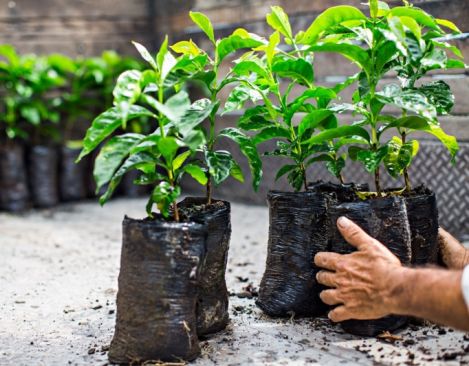 A recent sustainability initiative is “One Tree for Every Bag.” On National Coffee Day last September, the company announced it will donate 1M coffee-rust-resistant trees to farmer-partners in the coffee growing regions of 30 countries most impacted by the plant fungus. (Toms Shoes is already well known for its on-going gifting program which Starbucks seems to be emulating.) A coffee tree plant is worth 70 cents.
A recent sustainability initiative is “One Tree for Every Bag.” On National Coffee Day last September, the company announced it will donate 1M coffee-rust-resistant trees to farmer-partners in the coffee growing regions of 30 countries most impacted by the plant fungus. (Toms Shoes is already well known for its on-going gifting program which Starbucks seems to be emulating.) A coffee tree plant is worth 70 cents.
On that same day last September, competitors Dunkin Donuts, Wawa and Krispy Kreme offered free cups of coffee. Which giving plan satisfies you more?
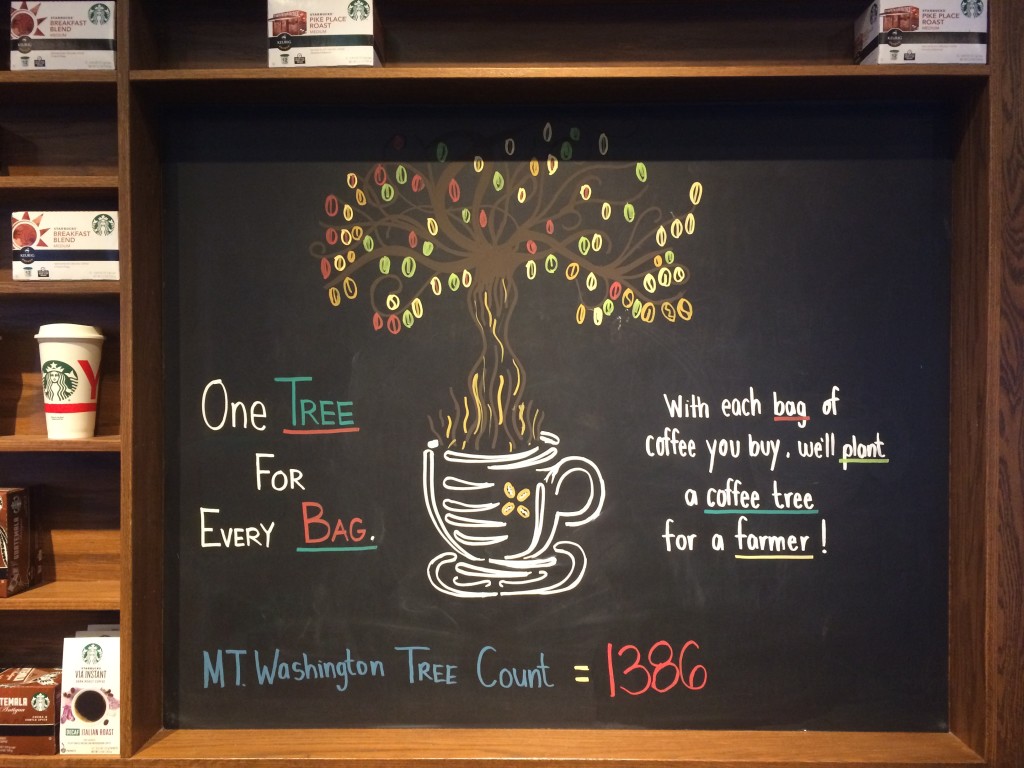 At the Mt. Washington, Baltimore, company-owned store, 1,386 coffee trees are already due to be donated for every bag of coffee purchased so far this month.
At the Mt. Washington, Baltimore, company-owned store, 1,386 coffee trees are already due to be donated for every bag of coffee purchased so far this month.
In another aspect of sustainability, Starbucks at its website states it is committed to 100% ethically sourced coffee:
“We take a comprehensive approach to ethical sourcing, using responsible purchasing practices; farmer support; economic, social and environmental standards; industry collaboration and community development programs. Again, the cornerstone for Starbucks is the C.A.F.E. Practices program.
Drink tea at Starbucks? It’s working with the Ethical Tea Partnership, an organization similar to C.A.F.E Practices.
About the milk its uses in its drinks, Starbucks has been pushed to switch to non-GMO, organically derived. So far as I can tell, the company is continuing to use regular skim, 2%, soy and coconut milk.
At the recent Greenbuild International convention, I heard Jim Hannah, say: “Sustainability raises the halo.” In the context of his overall remarks to a huge bunch of green building folks that Friday morning where he was a closing plenary panelist, the quote made perfect sense. Along with a slight grin.
Starbucks became a corporate member of the U.S. Green Building Council back in 2001 (only 8 years after its founding). From then, it helped develop the LEED® for Retail certification rating system. It was also an early joiner of the LEED Volume certification program. Today it has over 750 LEED® certified company-operated stores in 20 countries, including China.
From Schultz’s 2015 YE message to Starbucks Partners: “And we have made huge strides in our hiring commitments around honoring veterans, creating opportunity for at-risk young people and increasing the number of partners taking advantage of apprenticeships, university programs and the Starbucks College Achievement Plan for U.S. partners.”
My take on Starbucks…
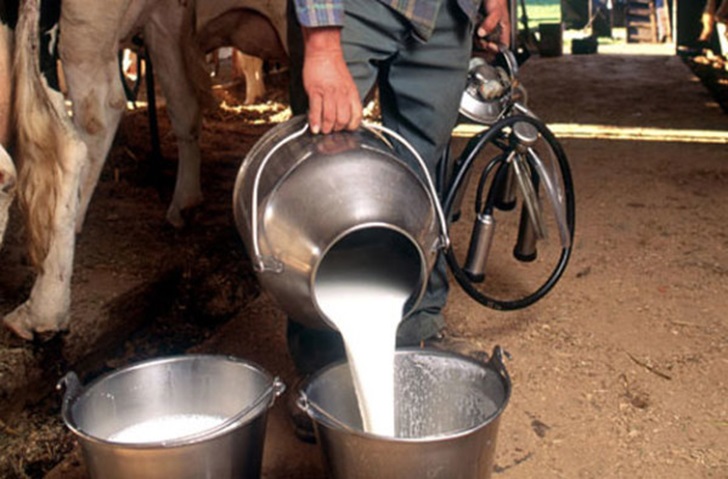
.
As a footnote, permit me to recommend How Starbucks Saved My Life by Michael Gates Gill. After losing it all, Gill turned to Starbucks for a job. It’s a great read!